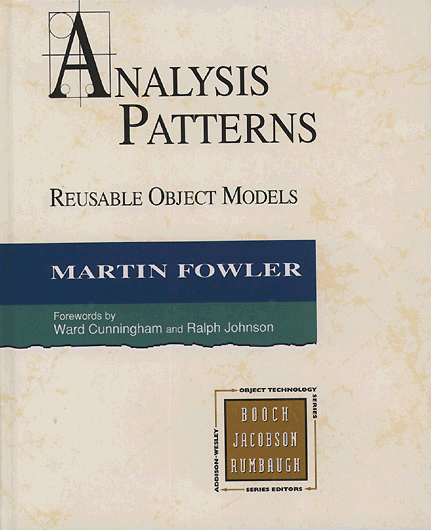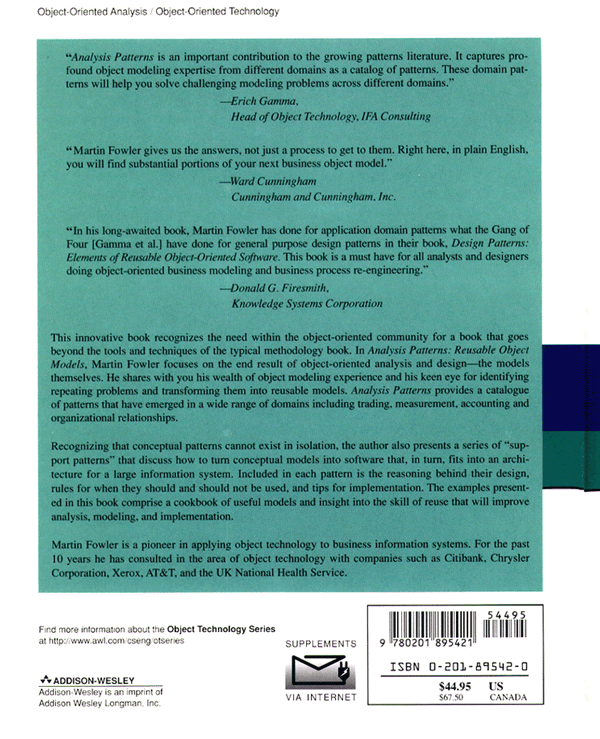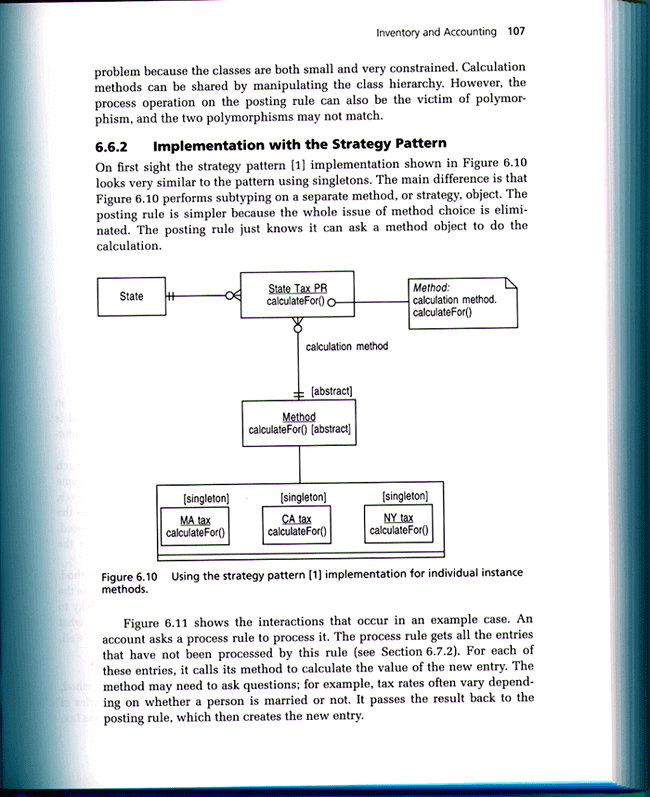( Book Reviews Main ) or ( Welcome Page ) or (..ADAM with IT )
System analysts and designers, computer scientists and IT managers interested in building reusable enterprise object models following UML (Unified Modelling Language) standards. Unfortunately there is no CD or diskette enclosed.
This good book covers the object oriented (UML) view of conceptual models and business process reengineering, organization structure and hieararchies, accountability, operating scopes, observations and measurements, including: quantity, conversion ratio, compund units, measurement, observation, subtyping observation concepts and others. Then follows with the attention of corporate finance, with a discussion on the enterprise segment, measurement protocol and others, as well as object names, identification scheme, object merge and equivalence. Inventory and accounting is dealt with in detail, covering typical processes such as account transactions, the individual instance method, rules, booking entries and others. A case study follows: using accounting models. Planning is dealt with by discussing the proposed and the implemented actions, suspension, protocol, resource allocation, and the outcome and start functions. Trading is discussed in terms of the contract, portfolio, quotation and the scenario. Then he turns to derivative contracts, trading packages and the layered architecture for information systems. Detailed examples and case studies are represented of a health care model, of design templates and association patterns.
the book describes several useful object oriented design patterns that with sufficient knowledge of UML and the enterprise to be modeled, could be customized for mainly business oriented applications.
contains type, interaction, event, state and package diagrams.


